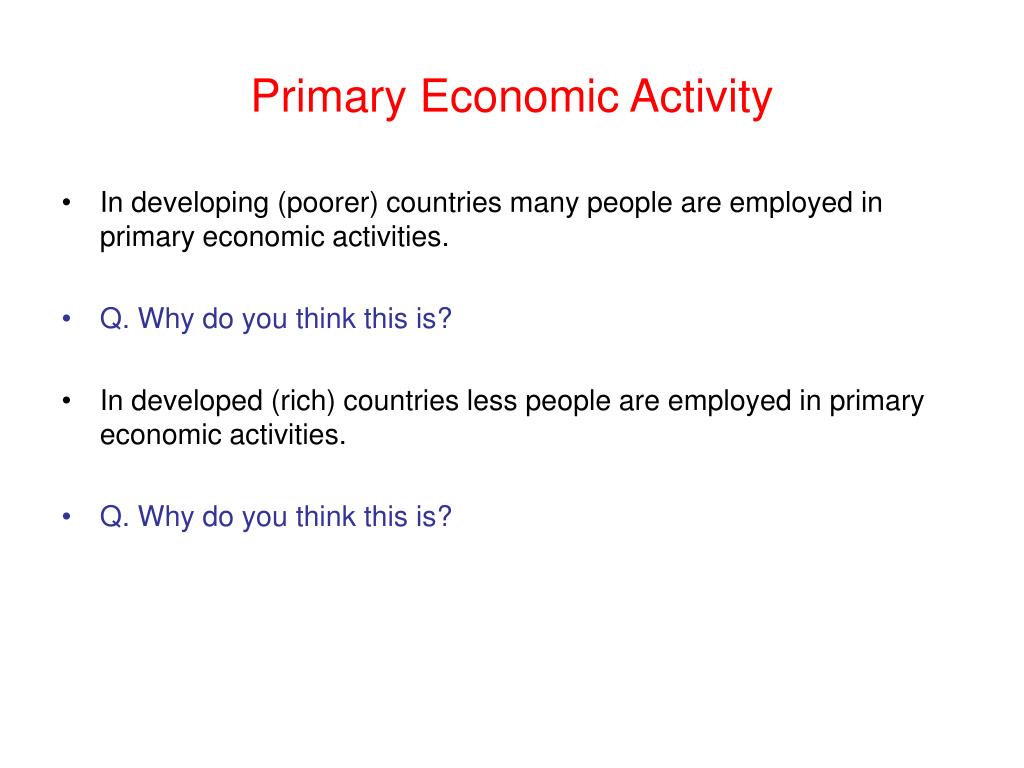

Industries in this sector turn raw materials from the primary sector into a manufactured product.

Secondary industries are the second link in the chain of industries. In the past, it required a lot of human power or the use of working animals like horses. Work in these industries tends to be hard and physical. They involve the growing, extracting or collection of raw materials from the Earth or sea.įarming, fishing and mining are examples of primary industries. Primary industries are the starting point for all industrial activities. Industries in the primary and secondary sectors are the oldest types of industry and involve working directly with raw products.

Even when most of the world’s primary production comes from the latter.Industry is any economic activity which creates jobs and generates income.Īll industry is made up of four sectors that are a linked together like a chain: primary, secondary, tertiary and quaternary industry. That is why primary economic activities are the most important sector in many developing countries, but not in developed countries. In many countries, a high percentage of the workforce works in this sector because of low agricultural productivity. Whereas in more developed countries of Europe only 6% and in the United States and Canada 3%. In Africa, for example, about 60% of the labor force is employed in the primary sector and in some regions of Asia 58%. Although this participation is in decline and varies depending on the country. Today primary economic activities employ almost 40% of the world’s working population. Primary economic activities in the world economy Food is better and cheaper than 100 years ago, now we spend most of our income on goods and services like cars, smartphones, college, entertainment, etc. Thanks to increments in agriculture productivity, we are now able to produce more food with fewer resources. While today it takes less than one in twenty workers to feed more than 300 million Americans and get a surplus to export. For example, in the United States of every twenty workers, nineteen worked in agriculture, fishing, forestry, and mining.

Most of the products extracted from the primary economic activities are used in other industries where they become factors of production. These activities contrast with the secondary activities that produce consumer goods and the tertiary sector that offers services.Īlso, according to this definition, the primary economic activities are essential to not just the economy, but the survival of humanity because they produce essential goods for human life. Primary activities or primary industries comprise all economic activities based on the extraction or harvest of goods from the natural environment. What are the primary economic activities? Primary economic activities in the world economy.Mining, Quarrying, and Oil and Gas Extraction.Agriculture, Forestry, Fishing, and Hunting.Examples of primary economic activities.Characteristics of primary economic activities.What are the primary economic activities?.


 0 kommentar(er)
0 kommentar(er)
